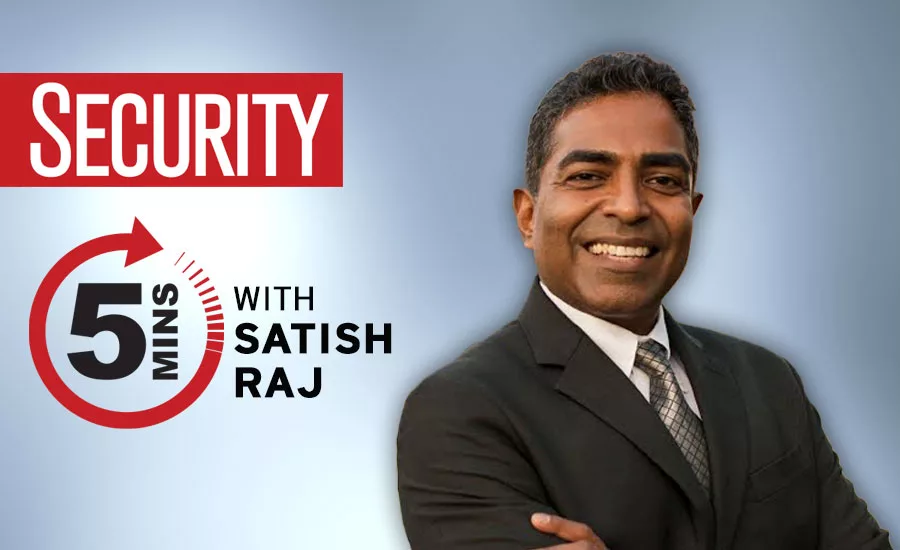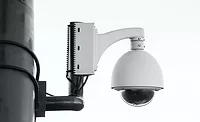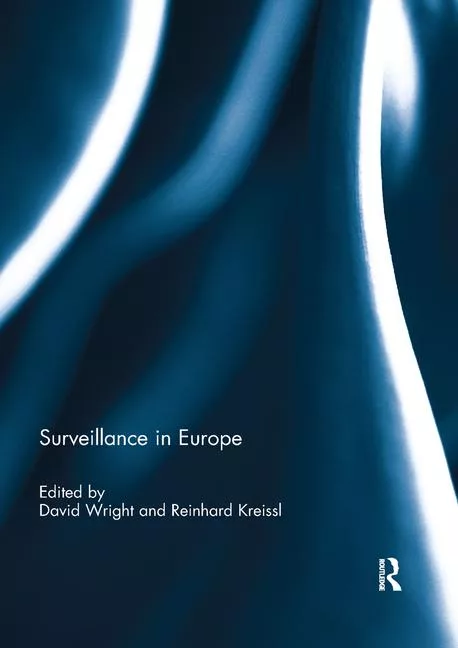5 minutes with Satish Raj - Why AI will transform digital video surveillance in 2021

How will artificial intelligence (AI) transform video surveillance in 2021? Below, we speak to Satish Raj, CTO of Pro-Vigil, who believes AI in digital video surveillance systems will become much smarter next year, to the point where it will be able to actually predict crime before it happens.
Security magazine: What is your background and what are your current responsibilities as CTO?
Raj: I have been in the technology industry for almost 30 years. My career has largely focused on building and leading engineering teams that deliver cutting-edge products. Before joining Pro-Vigil, I worked at several Fortune 500 companies, including Texas Instruments and Qualcomm, which gave me the opportunity to closely watch and adopt early technology trends.
As CTO of Pro-Vigil, I’m responsible for helping our customers achieve orders-of-magnitude higher value out of the services we provide. One of the most impactful ways I do this is by helping them leverage powerful technology tools, such as artificial intelligence (AI) and big data analytics.
Security magazine: How will AI transform digital video surveillance in 2021?
Raj: There have been major strides in AI-based object recognition over the last decade, and video surveillance has benefited significantly from these trends. I believe now is the time when the application of AI to surveillance will progress video security systems to the next level of true threat assessment, prediction and deterrence.
Key to this progression is the amount of relevant video data that we can utilize to train AI. This is somewhat analogous to how a surveillance team develops an intuitive sense of threats and the ability to predict crime as they gain more experience. At Pro-Vigil, for instance, we process tens of millions of events every month. This incredible amount of data is essential to train our AI engine to make complex predictions accurately and rapidly.
Security magazine: Will AI systems become significantly smarter and more accurate? How will this benefit video surveillance systems?
Raj: I would put it this way: the application of AI to video surveillance will become significantly smarter and more mature. There are two major aspects to this trend. First, we now have the ability to integrate AI-based and human decision making effectively to predict and deter crime – we call this "Humanalytics" at Pro-Vigil. Second, we are now able to train AI more efficiently than ever before. Years of experience and perception of human surveillance operators can be utilized to continuously increase the accuracy of AI systems, so that more and more complex decision making can be transferred to AI from human operators.
Security magazine: What are some of the big shifts in digital video surveillance?
Raj: As the industry matures, I believe the emphasis will shift from advances in video capture (such as higher resolution cameras) to advances in threat assessment and crime prediction technology. This doesn’t mean video capture is no longer an important aspect of video surveillance. Rather, advances in video capture have outpaced the other aspects of surveillance, such as context-sensitive decision making.
I think the industry is also shifting toward a good balance of edge- and cloud-based surveillance technology. Being able to have an optimal combination of compute and storage at both the edge and the cloud is critical for response time, centralized control and scalability.
Security magazine: What other trends can we expect in digital video surveillance in 2021?
Raj: We can expect increased specialization of video surveillance by customer industry. For example, Pro-Vigil has years of experience deterring crime at vehicle dealerships, construction sites, housing developments, retail centers, etc., across thousands of sites. We are now transferring this knowledge and experience to our AI and other analytics capabilities. I expect the same thing to happen in other surveillance target segments.
Looking for a reprint of this article?
From high-res PDFs to custom plaques, order your copy today!








